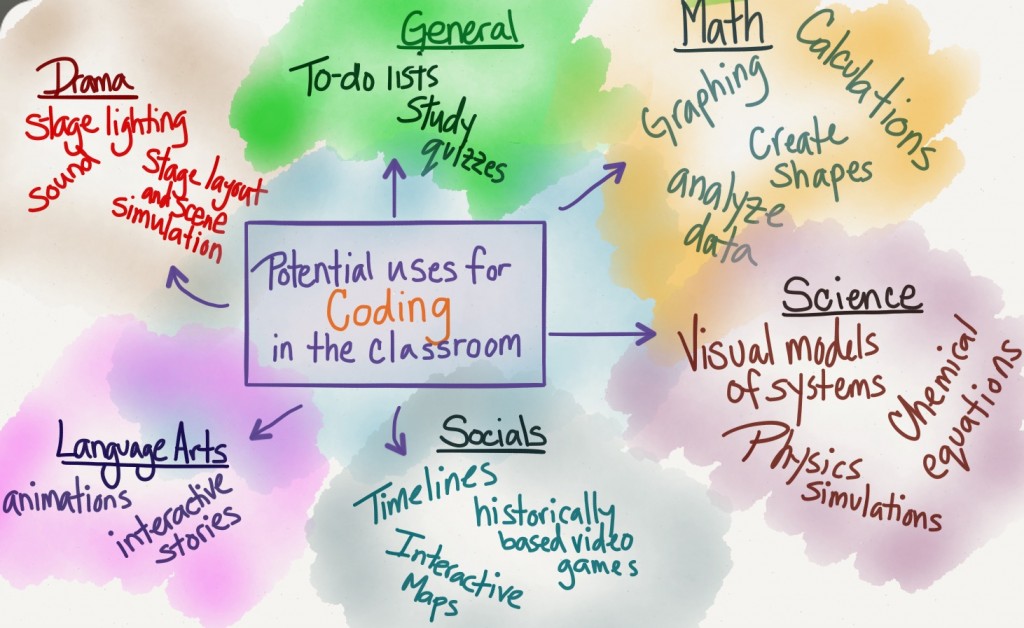Before entering the education program, my familiarity and knowledge of computer and internet use was very limited. Other than some previous tinkering with HTML, my usage was limited to Microsoft Office and research. I have always been fascinated with the expansive potential of technology use, and was extremely lucky that my cohort was paired with the Personalized Learning and Technology cohort at UBC. My interest and passion for technology use in the classroom skyrocketed this year, and I was fortunate to attend several workshops and discussions. One such workshop was held on February 19th in Surrey, and was instructed by Mr. Curtis Wiebe (@DivisionW).
The workshop focussed on the use of coding in the classroom: how to introduce coding to students, multiple uses for coding, and the cross curricular benefits of coding. Curtis recommended introducing coding through non-computer means, and focusing on the applied logic of sequencing and planning. One such example used a kinesthetic approach where children physically move another person, writing down each movement they made in order to complete a given task, emphasizing the basic step by step nature of coding. We were exposed to several websites and apps to help students practice the concepts, such as Scratch Jr and Hopscotch. The apps and websites emphasize the continual need for revision, persistence, patience, and attention to detail required in coding. These transferable skills and competencies can be carried into numerous courses and subjects.
I was at first nervous to even entertain the idea of exploring coding in the classroom due to my lack of experience. However, as Marva Collins, Carol Dweck, Yvonne Dawdiak (@yvonnedtechtalk), and numerous other experienced educators have echoed throughout the year, “a good teacher is one who continues to learn along with the students” (Dweck, 2010). I am excited about the potential for learning that coding can bring into my future classroom for both my students and myself. I am excited to further explore the use of microcomputers, such as Arduino , and websites such as tynker.com and madewithcode.com. I recently began teaching myself Python, designing skeleton units for computer science, and have explored some potential uses of code in the classroom with a colleague. I plan to continue my own learning to maximize the impact of coding within my future classrooms.

 Follow
Follow